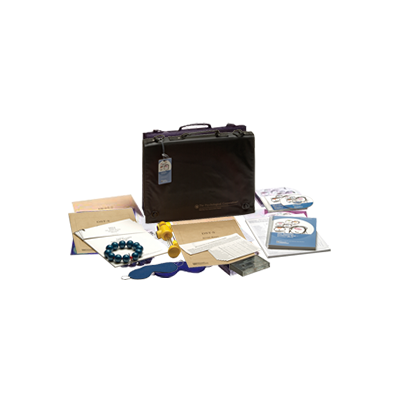Description
Dyslexia Screening Test-Secondary provides a profile of strengths and weaknesses to guide the development of in-school support for students. The DST-S assists in identifying students who are still experiencing reading difficulty.

Dyslexia Screening Test-Secondary provides a profile of strengths and weaknesses to guide the development of in-school support for students. The DST-S assists in identifying students who are still experiencing reading difficulty.
Dyslexia Screening Test-Secondary provides a profile of strengths and weaknesses to guide the development of in-school support for students. The DST-S assists in identifying students who are still experiencing reading difficulty.
Rod Nicolson, Angela Fawcett
Overview:Provide a profile of strengths and weaknesses which can be used to guide the development of in-school support for the student.
Age Range:11:6–16:5 years
Administration:Individual
RTI Tiers:RTI Levels 2 and 3
Completion Time:30 minutes
Norms:Based on UK population
Scores/Interpretation:Standard scores and concept age equivalents
Publication Date:2004
The DST–S provides a profile of strengths and weaknesses which can be used to guide the development of in-school support for the student. The DST–S assists in identifying students who are still experiencing reading difficulty.
The DST–J and DST–S replace the best selling DST and reflect changes in theory and practice with their additional subtests, validation studies, and case histories.
This subtest is a more sensitive measure of phonological ability for those children able to cope with the segmentation test. It has a higher level of complexity and memory load.
It is generally considered that dyslexic children and adults are likely to have relative strengths in reasoning ability, especially if the reasoning involved is not language-based.
Presenter: Tina Eichstadt and Adam Scheller

Overview
Five webinars about dyslexia held in 2016-2017 were attended by 6,591 SLPs, psychologists, and special educators. Webinar data offered insights into practitioners’ perspectives on dyslexia training needs and role clarification in practice settings. Presenters will discuss results, which suggests gaps between best practices in dyslexia and reports from individuals engaging in clinical practice.
Learner Outcomes
After the completion of the webinar, participants will be able to:
Time-ordered Agenda
1:00 to 1:05 pm – Introduction and overview
1:05 to 1:30 pm – Practitioner roles in dyslexia
1:30 to 1:55 pm – Practitioner knowledge and skills
1:55 to 2:00 pm – Conclusions and Wrap Up

This course is offered for 0.1 ASHA CEUs (Intermediate level, Professional area.)
Date: Feb 07, 2018
![]() PDF: Educational Practice in Dyslexia: Professional Roles and Knowledge Gaps
PDF: Educational Practice in Dyslexia: Professional Roles and Knowledge Gaps
![]() Video: Educational Practice in Dyslexia: Professional Roles and Knowledge Gaps
Video: Educational Practice in Dyslexia: Professional Roles and Knowledge Gaps